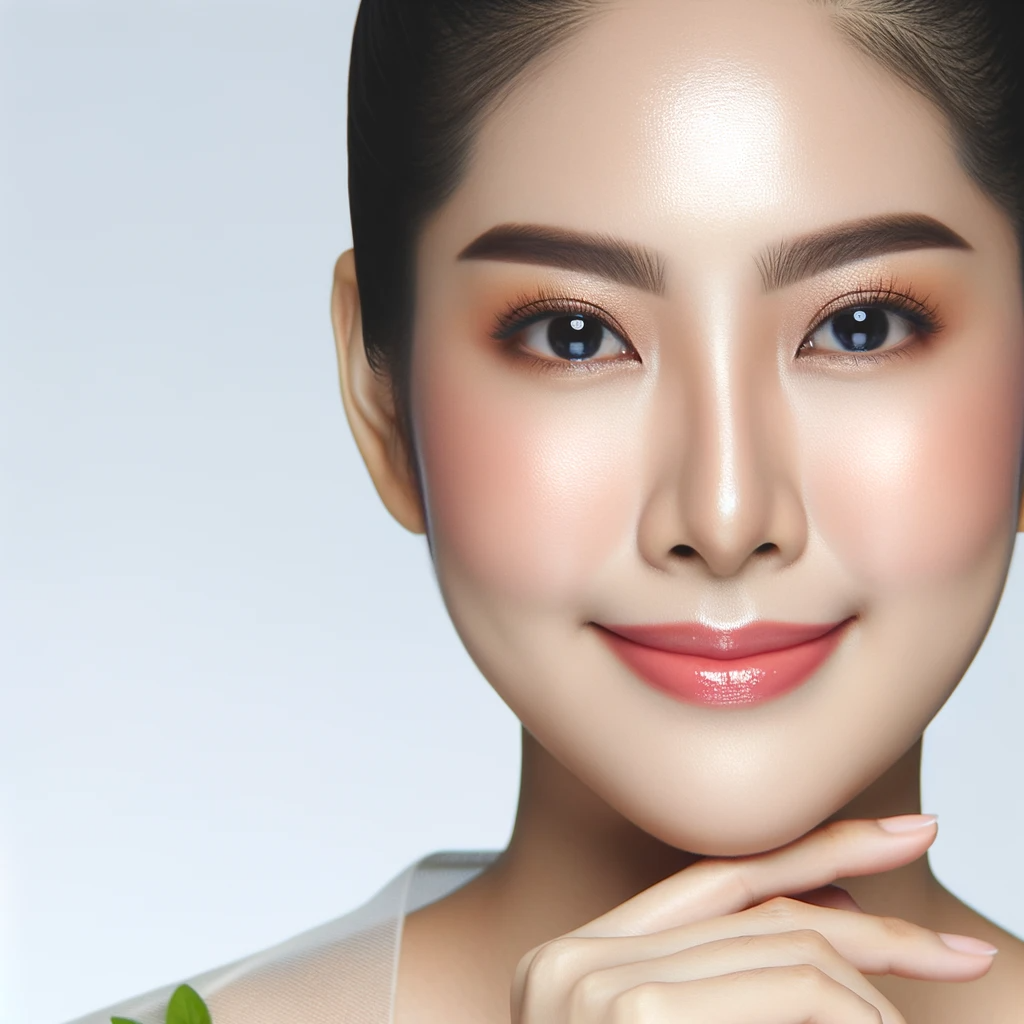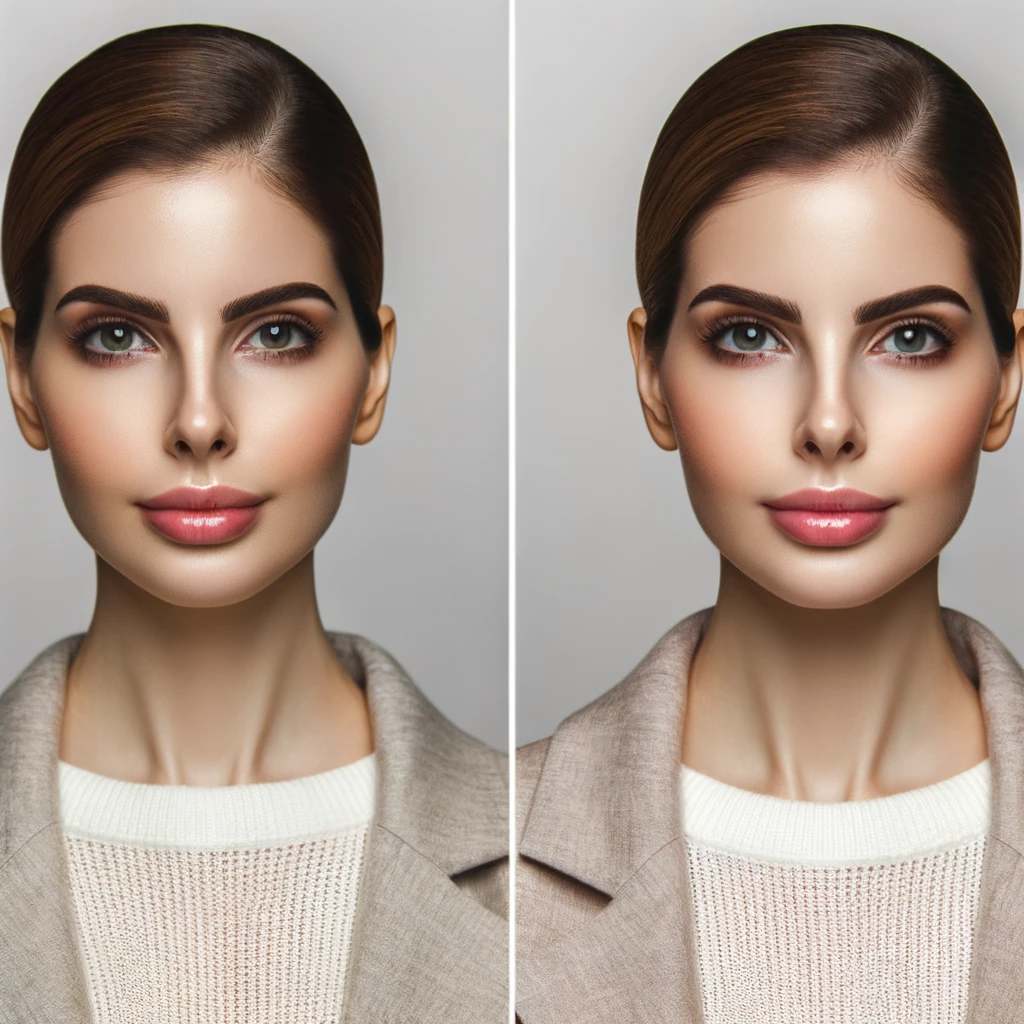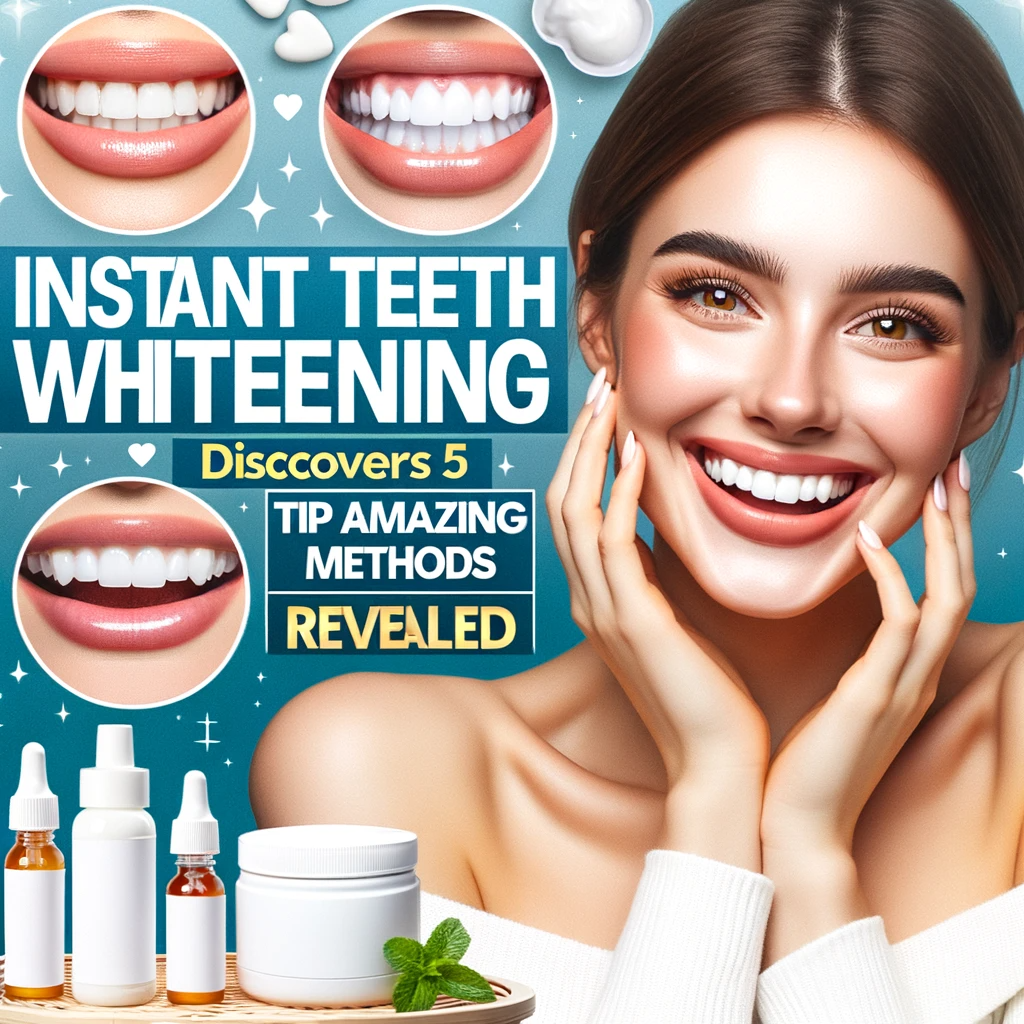Introduction to the Complete Guide to Facial Hair Removal
Facial hair removal isn’t just a beauty trend; it’s an essential regimen for many in their skincare journey. From enhancing makeup application to boosting confidence, removing unwanted facial hair has myriad benefits.
The Importance of Facial Hair Removal for Skincare and Aesthetics:
Facial hair can trap dirt and oils, leading to more frequent breakouts and uneven skin texture. By removing facial hair, skincare products can better penetrate the skin, leading to more effective hydration and treatment. Aesthetically, a smooth, hair-free face provides a more refined and polished look, enhancing the natural contours of the face.
Overview of What Readers Will Learn in the Guide:
This comprehensive guide aims to provide insights into various hair removal techniques tailored for different skin types, debunking common myths, and offering expert tips to ensure safe and effective results. By the end, readers will be armed with knowledge to make informed decisions about facial hair removal that suits their individual needs.
Understanding Different Skin Types and Hair Growth
Facial hair removal isn’t a one-size-fits-all solution. Recognizing one’s skin type and understanding facial hair growth patterns are pivotal in selecting the right removal technique and ensuring optimal results.
Why It’s Essential to Know Your Skin Type for Effective Hair Removal:
Each skin type – be it oily, dry, combination, sensitive, or normal – responds differently to hair removal methods. For instance, those with sensitive skin may experience irritation from waxing, while those with oily skin might find certain creams less effective. Recognizing and respecting one’s skin type can prevent adverse reactions and ensure longer-lasting, smoother results.
The Science Behind Facial Hair Growth and How It Varies:
Facial hair growth, or ‘hirsutism,’ is influenced by a combination of genetics, hormonal levels, and other factors. Typically, facial hair follows a cycle: the anagen (growth) phase, the catagen (transitional) phase, and the telogen (resting) phase. The duration of each phase varies among individuals, affecting how quickly facial hair grows back after removal. It’s also noteworthy that hair color, thickness, and density can differ significantly between individuals, further emphasizing the need for personalized facial hair removal strategies.
Tricks and Techniques for Different Facial Hair Removal Methods
Embarking on a journey to achieve hair-free skin requires knowledge of varied techniques. In our “Complete Guide to Facial Hair Removal: Tricks, Tips, and Techniques for Smooth, Hair-Free Skin,” we explore the most popular methods and how to make them work for you.
Shaving: Getting the Smoothest Results Without Irritation
Shaving is one of the most accessible and straightforward methods for facial hair removal. However, it’s crucial to do it right to avoid common pitfalls like irritation, ingrown hairs, and cuts.
Best Razors for Facial Hair:
Selecting the right razor is pivotal. For facial hair, look for razors with multiple blades, designed to glide smoothly over the contours of the face. Brands now offer razors specifically tailored for the face, ensuring precision and reduced skin irritation.
Prepping the Skin for Shaving:
Preparation is key. Begin by washing your face with warm water and a gentle cleanser. This softens the hair and opens the pores, making shaving easier. Applying a quality shaving cream or gel can further reduce friction and minimize the risk of nicks or cuts.
Waxing: Ensuring a Painless and Lasting Finish
Waxing provides longer-lasting results compared to shaving by removing hair from the root. With a few expert tricks, you can achieve a smooth finish with minimal discomfort.
Wax Types and What’s Best for Facial Hair:
There are primarily two types of wax – soft and hard. Soft wax requires strips for removal, while hard wax solidifies and can be pulled off without strips. For facial hair, especially sensitive areas like the upper lip, hard wax is typically preferred due to its gentleness and precision.
Post-waxing Skincare Tips:
After waxing, the skin might feel sensitive. Avoid direct sunlight, exfoliation, and hot water for at least 24 hours post-wax. Apply a soothing aloe-vera gel or witch hazel to reduce redness and calm the skin. Refrain from heavy makeup to let the skin breathe and recover.
Laser Hair Removal: What to Know for the Best Results
Laser hair removal offers a more permanent solution to facial hair woes. By targeting hair follicles with laser light, this method reduces hair growth over time.
How Laser Works for Facial Hair Removal:
Laser hair removal targets the melanin in hair follicles, damaging them enough to slow hair growth. Over multiple sessions, hair becomes finer and less noticeable. It’s essential to note that the success of laser treatment largely depends on hair and skin color contrast, with dark hair and light skin being the ideal combination.
Pros and Cons for Different Skin Types:
- Pros: Lasting results, reduced hair growth, and smooth skin.
- Cons: Initial cost, multiple sessions needed, potential discomfort during the procedure, and possible hyperpigmentation or burns for darker skin tones. It’s vital to consult with a trained professional to determine if laser hair removal is right for your skin type.
Natural Methods and Home Remedies for Facial Hair Removal
Exploring the realm of natural methods, our “Complete Guide to Facial Hair Removal: Tricks, Tips, and Techniques for Smooth, Hair-Free Skin” introduces home remedies that are not only effective but also kind to the skin. These methods, rooted in age-old traditions, can offer an organic alternative to commercial products.
DIY Sugar Wax: A Natural Alternative
Sugar waxing, also known as “sugaring,” is an ancient hair removal technique using natural ingredients, making it skin-friendly and environmentally conscious.
Recipe:
- 2 cups of sugar
- 1/4 cup of lemon juice
- 1/4 cup of water
Combine the ingredients in a saucepan and heat until the sugar dissolves and turns a golden brown. Allow it to cool to a comfortable temperature before applying.
Application Tips:
- Clean and dry the skin thoroughly.
- Apply the wax in the direction of hair growth.
- Place a cloth strip over the wax and press down.
- Pull off the strip in the opposite direction of hair growth.
- Rinse the area with cool water and moisturize.
Turmeric and Gram Flour Mask for Slow Hair Growth
Traditionally used in South Asian cultures, this remedy not only helps in reducing hair growth but also exfoliates and brightens the skin.
Benefits:
- Turmeric has anti-inflammatory properties that can soothe the skin.
- Gram flour acts as a natural exfoliant, removing dead skin cells.
How-to Guide:
- Mix equal parts of turmeric and gram flour.
- Add enough water or milk to form a thick paste.
- Apply the paste to the desired area and let it dry.
- Once dry, rub it off gently in circular motions.
- Wash the face with lukewarm water.
Tips for Maintaining Smooth, Hair-Free Skin Post-Removal
Achieving hair-free skin is just half the battle; maintaining that silky-smooth feel requires continuous care. This section of our “Complete Guide to Facial Hair Removal: Tricks, Tips, and Techniques for Smooth, Hair-Free Skin” sheds light on the aftercare process.
H3: Exfoliation: Keeping Skin Clear and Hair-Free Longer
Exfoliation removes dead skin cells, preventing clogged pores and allowing hair to grow outwards instead of becoming ingrown.
Best Products:
- Salicylic acid-based exfoliants can penetrate oil to exfoliate inside the pore.
- Glycolic acid products help in rejuvenating the skin surface.
DIY Methods:
- Sugar and olive oil scrub
- Oatmeal and yogurt mask
Moisturizing: Nourishing the Skin After Hair Removal
Post hair removal, the skin needs hydration to recover and maintain its softness.
Recommendations for Calming and Hydrating Products:
- Aloe vera gel: Known for its soothing properties, it’s excellent for calming irritated skin.
- Hyaluronic acid moisturizers: These draw moisture into the skin, ensuring deep hydration.
- Calendula creams: With anti-inflammatory properties, they can help reduce redness and irritation.
Common Mistakes in Facial Hair Removal and How to Avoid Them
Every beauty regimen has its dos and don’ts. Within our “Complete Guide to Facial Hair Removal: Tricks, Tips, and Techniques for Smooth, Hair-Free Skin,” it’s essential to spotlight common mistakes people make during facial hair removal. By addressing these, we aim to offer a smoother, safer, and more effective hair removal experience.
Addressing Myths and Misconceptions:
Shaving Makes Hair Grow Back Thicker: One of the oldest myths in the book. In reality, shaving merely trims the hair from the surface, not affecting the follicle beneath. When it grows back, the blunt tip might feel coarse but isn’t thicker.
Laser Hair Removal Works Equally for Everyone: Laser hair removal is most effective when there’s a contrast between skin and hair color, meaning it might not be as effective for those with light hair or darker skin tones.
Waxing Always Lasts Longer than Shaving: While waxing typically offers longer-lasting results since it removes hair from the root, individual hair growth cycles can mean some people see regrowth sooner than expected.
Expert Advice on Ensuring Effective and Safe Hair Removal:
Know Your Skin Type: Understanding whether you have sensitive, oily, dry, or combination skin can guide you in selecting the most suitable hair removal method, reducing the risk of irritation or adverse reactions.
Test Before Applying: Especially with chemical depilatories or new products, always do a patch test 24 hours prior to full application to check for allergic reactions.
Use Sharp Tools: Whether it’s a razor for shaving or tweezers for plucking, ensuring your tools are sharp and clean minimizes the risk of injury and infection.
Follow Aftercare Routines: The post-hair removal process is as crucial as the removal itself. Soothe the skin with calming products, avoid direct sunlight, and refrain from exfoliating immediately after to prevent irritation.
Seek Professional Advice: If you’re considering permanent methods like laser hair removal or are unsure about which method is best for you, always consult with a dermatologist or a trained aesthetician. Their expertise can guide you to a method that’s effective and safe for your skin type and hair texture.
Conclusion: Embracing Your Smooth, Radiant Skin
As we reach the conclusion of our “Complete Guide to Facial Hair Removal: Tricks, Tips, and Techniques for Smooth, Hair-Free Skin,” it’s crucial to reflect on the journey of understanding, choosing, and perfecting the art of facial hair removal. While the road might seem daunting at first, with the right knowledge, anyone can achieve their desired skin texture and appearance.
Recap of the Guide’s Key Takeaways:
Understanding is Key: Recognizing one’s skin type and the science behind facial hair growth ensures effective and safe hair removal.
Diverse Methods: From traditional shaving and waxing to advanced laser treatments, there’s a hair removal method for everyone.
Natural Remedies: Home-based solutions like sugar waxing and turmeric masks provide organic alternatives for those keen on natural skincare.
Post-Removal Care: Maintaining that silky-smooth skin is as much about aftercare – exfoliating and moisturizing – as the hair removal process itself.
Avoiding Pitfalls: Being aware of common myths and misconceptions, and seeking expert advice when needed, guarantees a better hair removal experience.
Encouragement for Readers to Find Their Preferred Facial Hair Removal Method:
Every individual’s skin is unique, and so should be their skincare journey. While this guide provides a comprehensive overview, it’s vital for each reader to discover what resonates with them the most. Be it the natural allure of DIY methods, the precision of lasers, or the swift simplicity of shaving, there’s a method waiting for you. As you embrace your smooth, radiant skin, remember that the journey is as much about self-love and self-care as it is about aesthetics. Celebrate each step, learn from every experience, and let your skin shine in all its glory!





